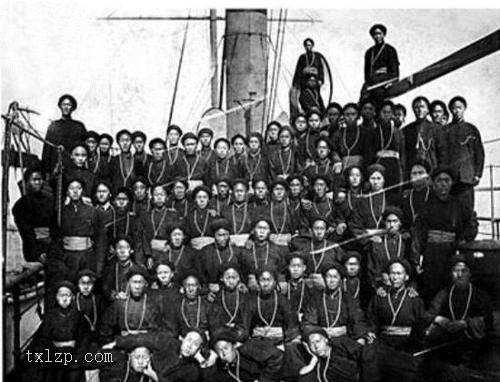Period:Unknown Production date:13thC-14thC
Materials:bronze, gold,
Technique:gilded, cast,
Subjects:bodhisattva
Dimensions:Height: 28.70 centimetres
Description:
Figure of Avalokiteśvara; seated in position of a variant form of ‘rājalīlāsana’ (royal ease). Made of gilt bronze.
IMG
![图片[1]-figure BM-1947-0712.392-China Archive](https://chinaarchive.net/Unknown/Bronzes/mid_RRC12838_front.jpg)
![图片[2]-figure BM-1947-0712.392-China Archive](https://chinaarchive.net/Unknown/Bronzes/mid_00371527_001.jpg)
![图片[3]-figure BM-1947-0712.392-China Archive](https://chinaarchive.net/Unknown/Bronzes/mid_RRC12838_set_up.jpg)
Comments:Described by von Schroeder (1981, 514) as a “water moon guanyin” and dated to ca. 1400 AD. Zwalf 1985The position in which this Avalokiteśvara is seated, a variant form of ‘rājalīlāsana’ (royal ease), was a popular sculptural formula between the 10th and 14th centuries. The earliest datable Chinese Bodhisattva thus seated is a finely cast gilt bronze made under the 10th-century Wu-Yue kingdom in east China, excavated from the Wanfo pagoda, Jinhua, Zhejiang province; its distinctive halo, a plain band with three flaming cusps, quite alien to contemporary Chinese styles, supports the supposition that this iconography was a post-Tang import.
Materials:bronze, gold,
Technique:gilded, cast,
Subjects:bodhisattva
Dimensions:Height: 28.70 centimetres
Description:
Figure of Avalokiteśvara; seated in position of a variant form of ‘rājalīlāsana’ (royal ease). Made of gilt bronze.
IMG
![图片[1]-figure BM-1947-0712.392-China Archive](https://chinaarchive.net/Unknown/Bronzes/mid_RRC12838_front.jpg)
![图片[2]-figure BM-1947-0712.392-China Archive](https://chinaarchive.net/Unknown/Bronzes/mid_00371527_001.jpg)
![图片[3]-figure BM-1947-0712.392-China Archive](https://chinaarchive.net/Unknown/Bronzes/mid_RRC12838_set_up.jpg)
Comments:Described by von Schroeder (1981, 514) as a “water moon guanyin” and dated to ca. 1400 AD. Zwalf 1985The position in which this Avalokiteśvara is seated, a variant form of ‘rājalīlāsana’ (royal ease), was a popular sculptural formula between the 10th and 14th centuries. The earliest datable Chinese Bodhisattva thus seated is a finely cast gilt bronze made under the 10th-century Wu-Yue kingdom in east China, excavated from the Wanfo pagoda, Jinhua, Zhejiang province; its distinctive halo, a plain band with three flaming cusps, quite alien to contemporary Chinese styles, supports the supposition that this iconography was a post-Tang import.
© Copyright
The copyright of the article belongs to the author, please keep the original link for reprinting.
THE END

![[Qing Dynasty] British female painter—Elizabeth Keith, using woodblock prints to record China from the late Qing Dynasty to the early Republic of China—1915-China Archive](https://chinaarchive.net/wp-content/uploads/2022/11/image-191x300.png)



